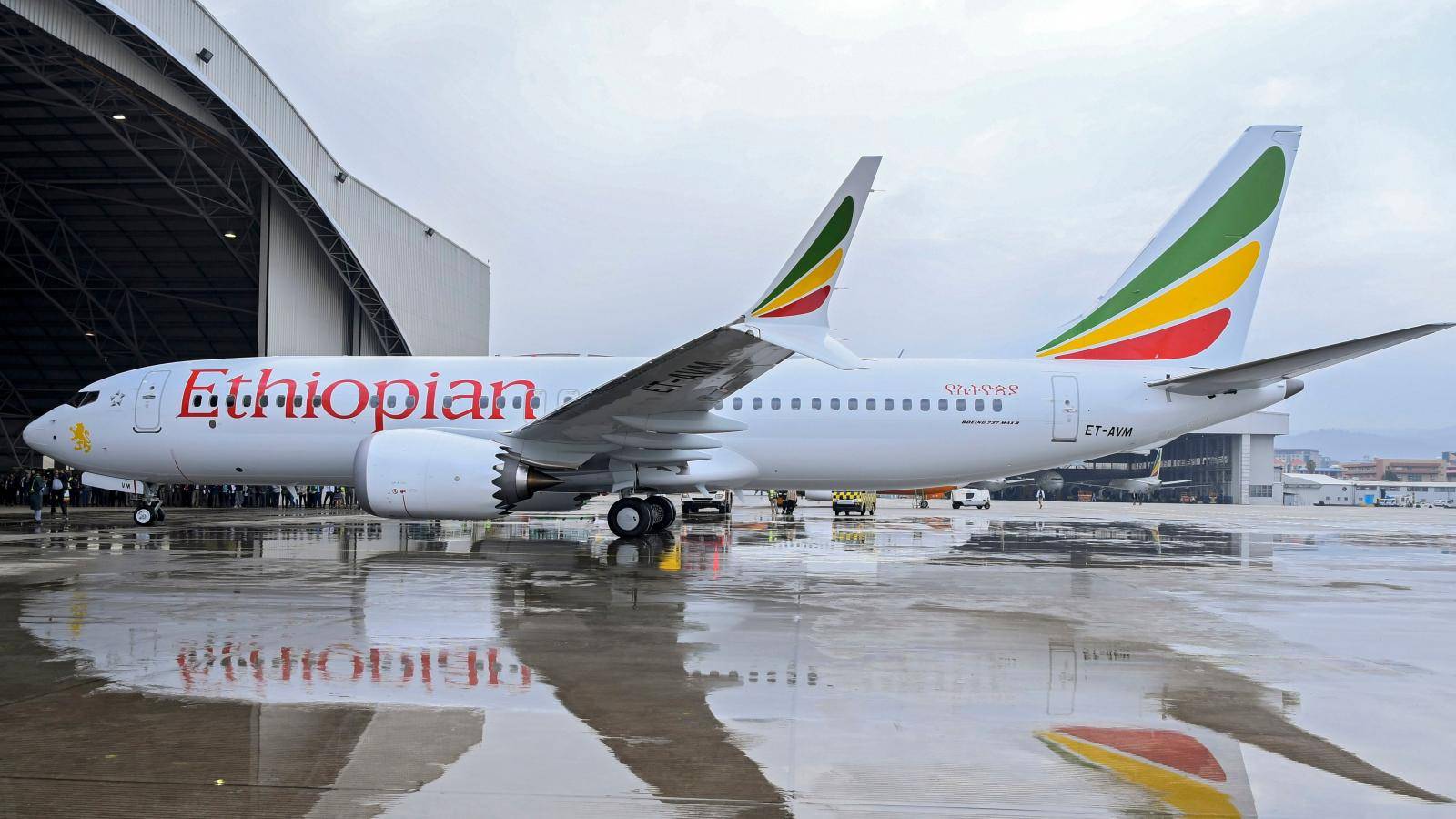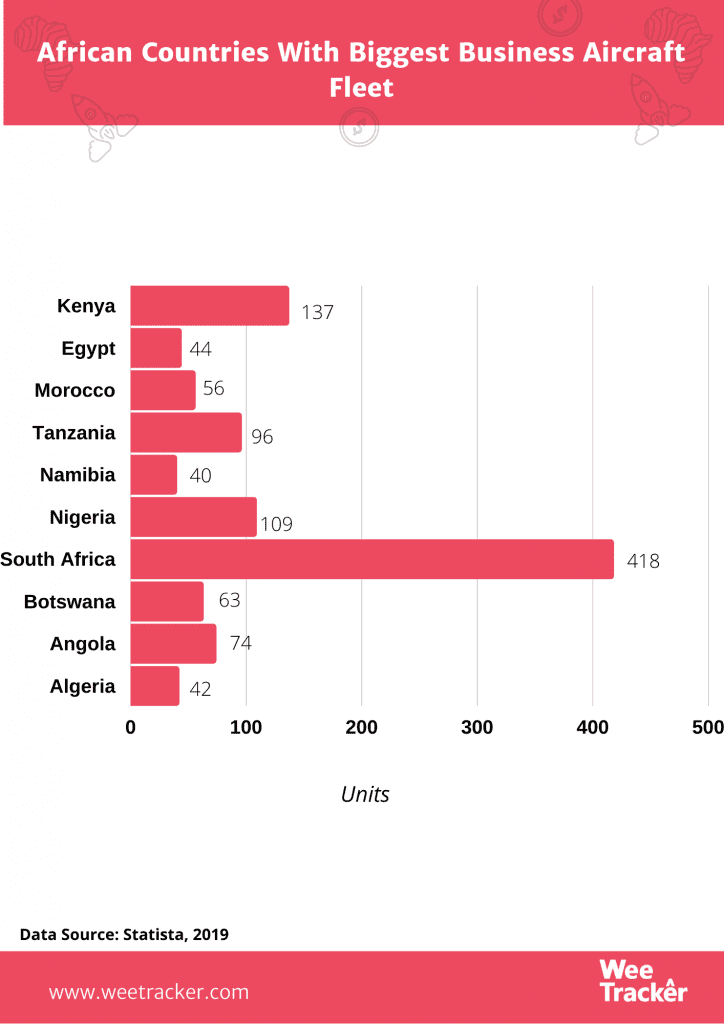African Airlines Are Resuming Flights But They’ve Had Much Ground Turbulence

About a month ago, it wouldn’t be far-fetched to say little to no commercial planes were in African air from or elsewhere. Now, some of the continent’s best-known airlines have their engines warmed up to resume operations.
Apart from the fact that the coronavirus crisis is far from over, the one problem African airlines currently have is that they’ve already had much turbulence while on the ground for months.
Hitting The Atmosphere
For instance, two of South Africa’s largest private airlines have made known their intentions to resume flying between domestic airports in June. That is after the country’s government went softer on the coronavirus-inspired lockdown restrictions, which, at some point, was unofficially the harshest in Africa.
While Airlink started and Safair are already taking bookings, Mango—a low-cost arm of the South African Airways (SAA) Group—looked to resume flights as of June 15th with due permission from South Africa’s Department of Public Enterprises. The halt of operations for two months has effects on revenues as many airlines did not stop spending on maintenance, salaries, and debt servicing.
Meanwhile, in Egypt, air traffic at all airports is announced to resume on July 1st (2020) as part of the aviation industry’s preparation to get tourism back on its feet—at least, in the three provinces with the least coronavirus infections. So far, Egypt has registered 42,98 cases, including 1,484 deaths and 11,529 recoveries.
The Nigerian government has directed the reopening of 5 air stations. Meanwhile, authorities—airlines in particular—were already finishing the groundwork needed for recommencement. As such, the Middle East carrier known as Emirates airlines said the Ts are crossed and Is are dotted for it to get in the air to Nigeria as soon as it gets government approval.

Much Ground Turbulence
From swirling questions to pessimistic write-offs, the financial acuity of sustain African carriers has been a crucial part of the continent’s aviation debate. More importantly, these airlines have a tiny share of an aviation market whose recovery is not yet in vivid sight. Even the continent’s top-performing flight firms are not spared from the pecuniary distress.
Long before coronavirus made its way from Wuhan, China, African airlines were already smacked in the middle of painstakingly documented debt kerfuffles. They were able to remain in business through the seemingly reliable elixir that is colossal government bailouts. Tens and hundreds of millions went into making state-owned airlines particular in complicated budgetary situations. Case study: SAA.
The difference now is that Sub-Saharan Africa is a risk of falling into an abyss of economic recession, its first collective plunge in more than two decades. Due to the Covid-19 public health emergency, most countries are looking to invest more in healthcare to better combat the pandemic. As it is, there is much reason to understand that not all airlines will survive easily.
Case in point, Ethiopian Airlines—the one and only profitable airline business in Africa in recent years—has confessed distress, which stemmed from up to USD 550 Mn of revenue losses between January and April 2020. The carrier’s survival strategy, nonetheless, is resorting to cargo shipping since passengers pretty much need to stay put for now.
No Recovery Rush
Admittedly, airlines—especially the ones that play their cards right—will bounce back. But, according to industry experts, a rebound is not likely to happen any time soon. Boeing CEO, Dave Calhoun said in April that the demand for air travel would take two or three years to go back to the levels it was in 2019. On its part, the International Air Transport Association as the pandemic will cost the airline industry anything from USD 63 Bn to USD 113 Bn in 2020.
On the global front, more indebted may not have the much-needed fleet flexibility to adapt to the reduced passenger traffic. These, as well as those with a higher proportion of leased aircraft, could be in a severe financial predicament. Repercussions vary from stronger airlines acquiring them to fully bounce back from the dry spell, which could, in turn, lead to higher industry concentration globally.
Airbus, another planemaker, sets recovery time at up to 5 years. Nevertheless, the African context of this conundrum appears less troubling. Tewolde Gebremariam, CEO of Ethiopian Airlines, believes that the continent could see increased air activity earlier than other regions. This view is held because of the planned evacuation of people who look to return to Africa from around the globe.
In an interview, Tewolde said: “Here in Africa we expect to be slightly faster in recovery against the backdrop that global flights are forecast to take up to 2 years to return to 2019 levels. African governments will not be in a position to bail out airlines as much as in Europe and America. Airlines are not flying or generating revenue, and governments do not have the resources to bail them out. It is going to be very, very tough for most African airlines.”
Featured Image: Quartz Africa